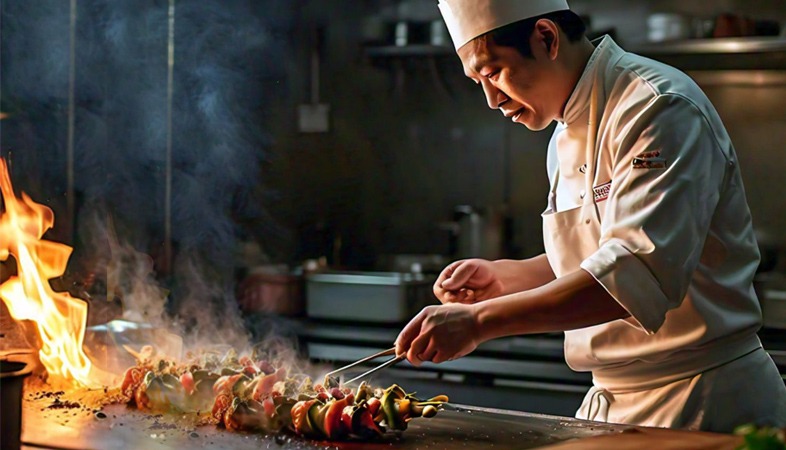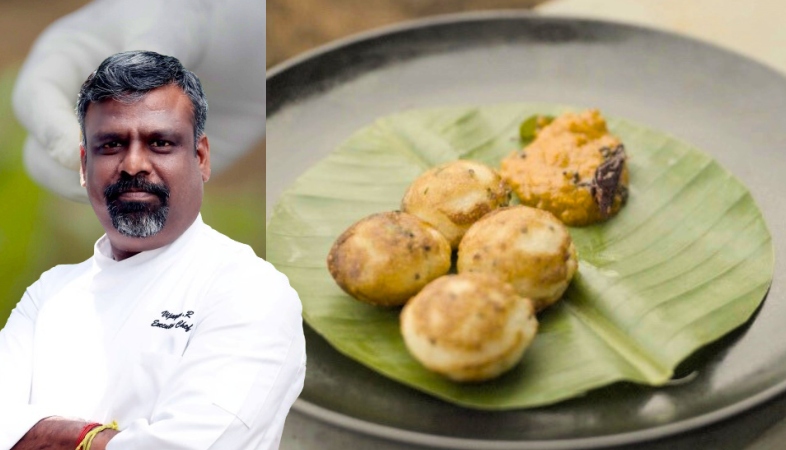Roasting Techniques for Every Season: Vegetables, Meats, and Fruits
This guide explores how to make the most of each season’s bounty by using roasting techniques that bring out the best in every ingredient.
Roasting is a versatile and time-honored technique that
elevates flavors by caramelizing natural sugars and concentrating tastes. While
often associated with winter’s hearty meals, roasting can be adapted to each
season, transforming vegetables, meats, and even fruits into dishes with depth
and character. This guide explores how to make the most of each season’s bounty
by using roasting techniques that bring out the best in every ingredient.
In the colder months, root vegetables and hearty cuts of meat become the stars of the oven. Winter root vegetables like carrots, parsnips, and beets are ideal for roasting, as their natural sugars develop and caramelize with high heat, creating a sweet, nutty flavor. Tossing these vegetables with olive oil, salt, and pepper, then roasting them at a high temperature (around 425°F) creates a golden-brown exterior while keeping the interior tender. Adding herbs like rosemary and thyme further enhances their earthy flavors, making for a comforting, seasonal side dish. When roasting meats such as beef or lamb in winter, slow-roasting techniques are often favored. Lower temperatures allow the tougher cuts to break down slowly, resulting in tender, flavorful roasts that pair perfectly with the season’s vegetables.
Spring brings lighter, more delicate produce that benefits from gentle roasting methods. Vegetables like asparagus, radishes, and spring onions roast well at moderate temperatures, around 375°F. Roasting radishes, for example, transforms their sharpness into a subtle, mellow sweetness, while asparagus becomes tender-crisp with a slight char. These vegetables need only a brief roast to develop flavor without losing their freshness. For spring meats, lamb is often a top choice, and it roasts beautifully with a coating of herbs and lemon zest, celebrating the fresh, bright flavors of the season.
Summer’s abundance calls for quick, high-heat roasting to capture the freshness and intensity of seasonal produce. Vegetables like zucchini, tomatoes, and bell peppers are especially delicious when roasted, as they require little more than olive oil and seasoning to bring out their best. High heat—about 450°F—quickly chars the vegetables’ surfaces, concentrating their flavors without softening them too much. Stone fruits like peaches and cherries can also be roasted in summer, adding a caramelized note to their natural sweetness. Lightly roasting these fruits at around 400°F, sometimes with a drizzle of honey or balsamic vinegar, enhances their flavors for a perfect summer dessert or salad topping.
Fall marks the return of heartier vegetables like butternut squash, sweet potatoes, and Brussels sprouts, each of which lends itself well to roasting with warming spices like cinnamon, cumin, and nutmeg. These flavors enhance the natural sweetness of fall produce, making for a comforting side dish as the temperatures drop. To roast butternut squash, cube it and toss with olive oil and spices before roasting at 400°F, creating a caramelized, golden exterior with a soft interior. Fall is also a prime season for roasting pork, a meat that pairs well with apples and root vegetables for a warming, savory meal. Roasting pork with a mixture of apples and onions adds depth and seasonal flavor, creating a harmonious dish that reflects the essence of autumn.
While vegetables and meats are often the focus of roasting, fruits add a unique twist to any season’s menu. Apples, pears, and figs take on new dimensions when roasted, as the heat draws out their juices, intensifying their flavors and textures. Roasting pears with a sprinkle of brown sugar and spices like cinnamon can make for a simple, elegant dessert in the colder months, while figs and honey-roasted peaches add a sophisticated touch to summer spreads.
Experimenting with roasting times and temperatures based on each ingredient’s natural qualities is key to mastering this technique. Some vegetables require high heat and short roasting times to retain their crunch and vibrant color, while others need a lower temperature to break down into a tender, caramelized state. Meats, too, vary in roasting requirements, with leaner cuts benefiting from quick, high-heat methods, while fattier cuts often excel with longer, slower cooking. For fruits, a short roast at moderate heat typically enhances sweetness without compromising structure.
Beyond its capacity to elevate flavor, roasting is a flexible method that encourages creativity and adapts to whatever ingredients are available, no matter the season.
.png)



























